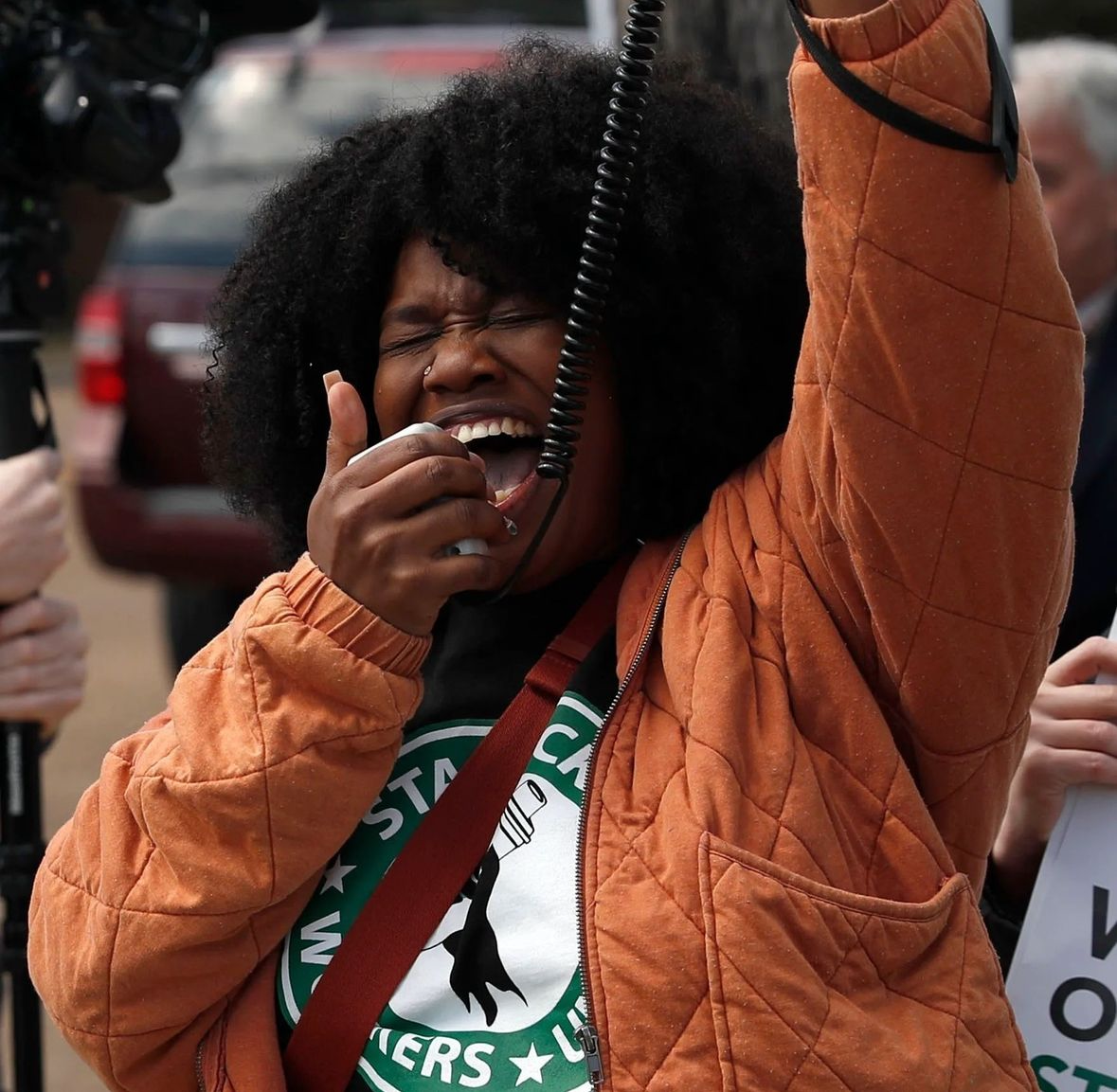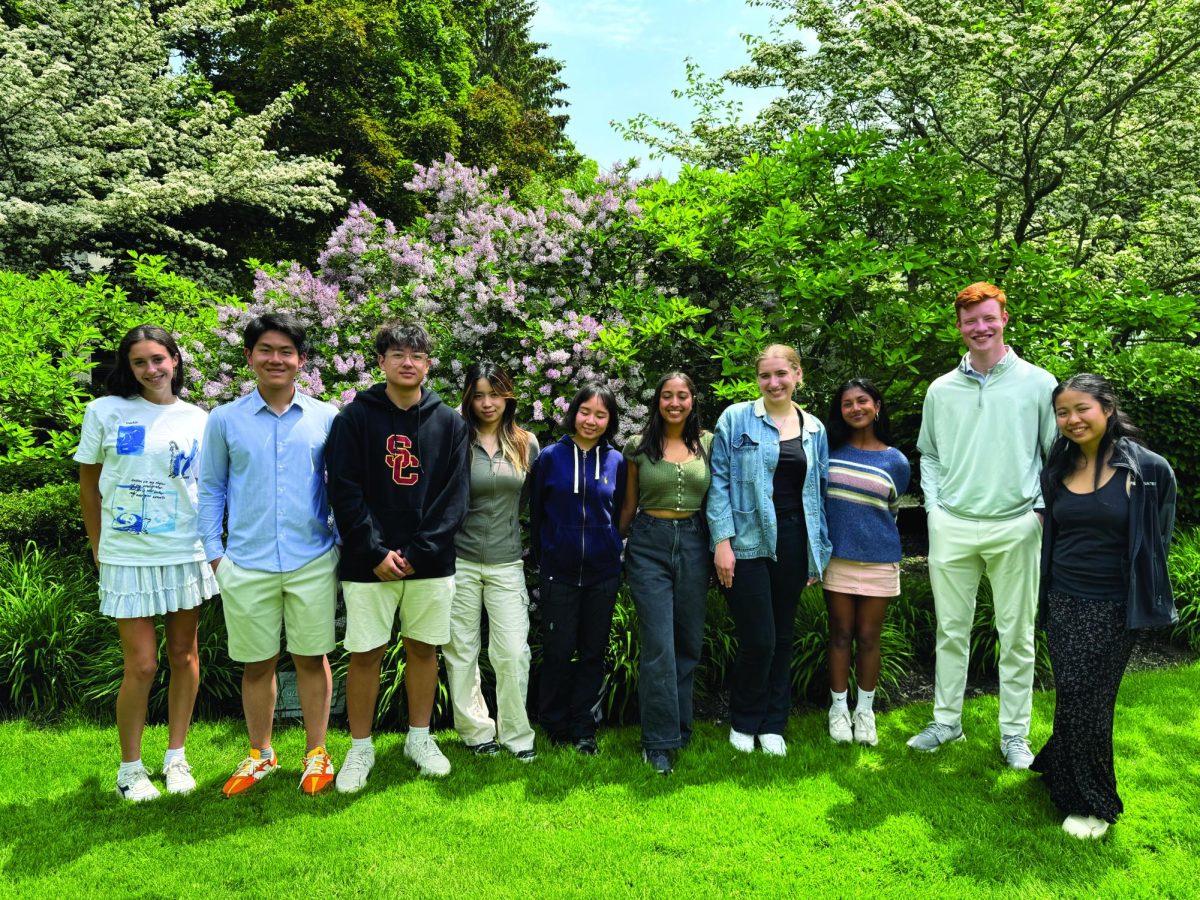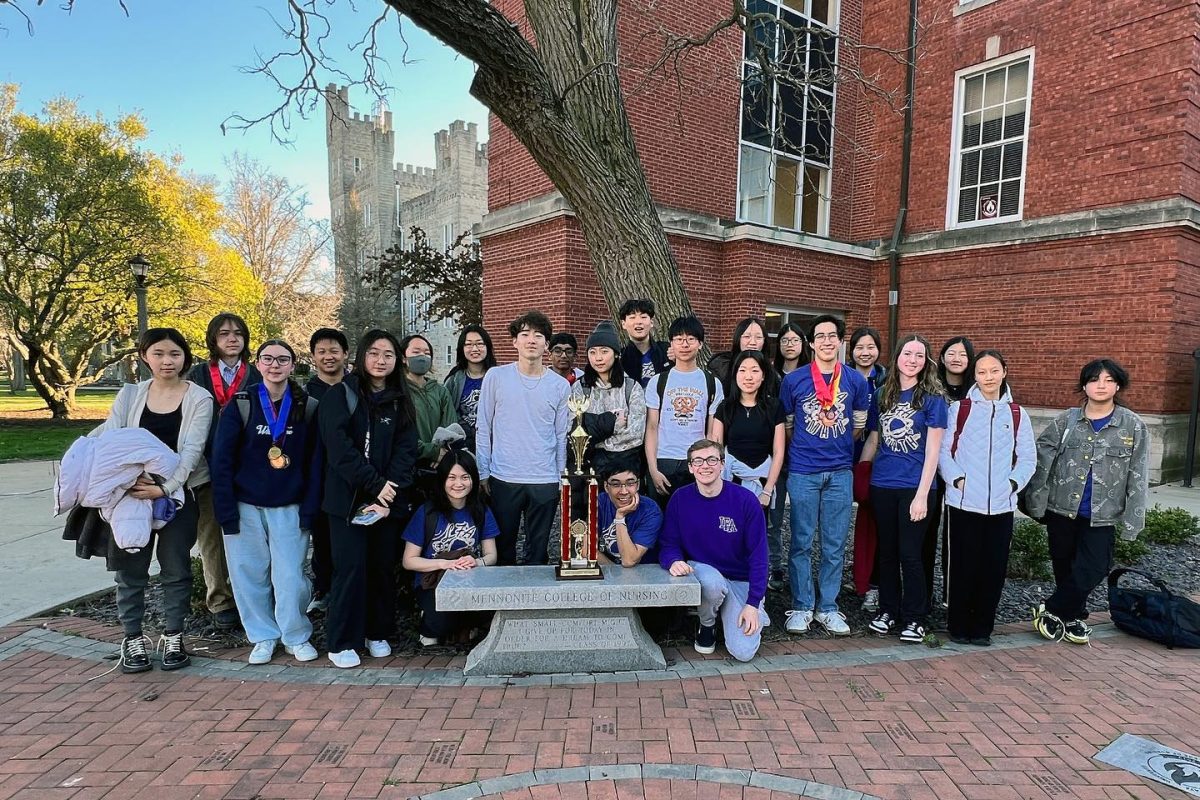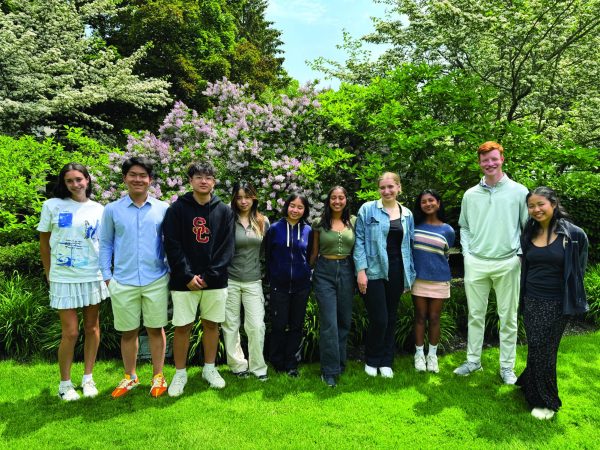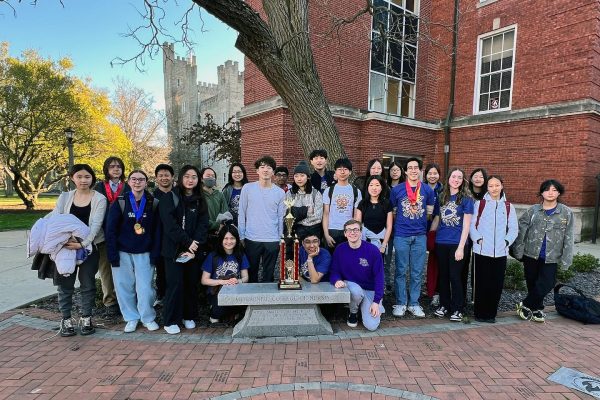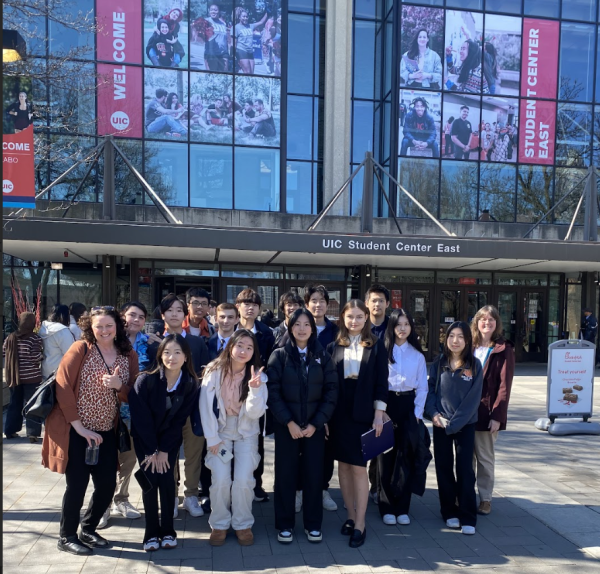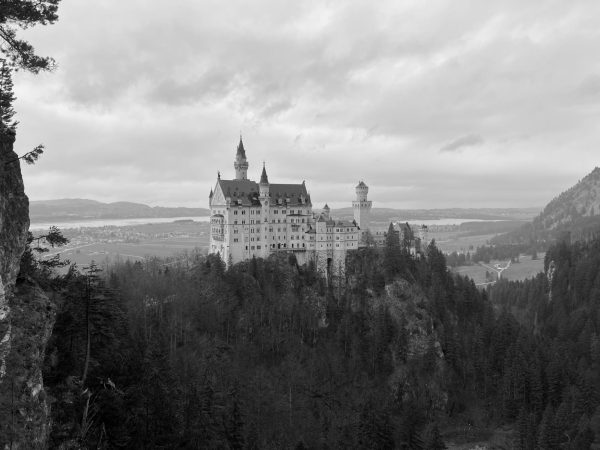A frighteningly important celebration: why Halloween is the best holiday
April 2, 2022
As someone who enters into “Halloween Havoc” on October 1st—which, by definition from my friends, is an inevitable state of “frantic nature unless surrounded by skeletons and gore”—it goes without saying that October 31st is the best day of the year. However, my love for this holiday extends beyond the utter happiness of pumpkins and candy corn; I wholeheartedly believe that Halloween is crucial, if not necessary, for children.
Death is widely considered to be one of the most sensitive topics one can discuss and, in a recent survey conducted by Psychology Today, is the number one fear among 36% of adults in the United States (only falling short to spiders and public speaking). I believe that this percentage is vastly resultant from a lack of Halloween celebration as a kid. For those unaware of the phrase “memento mori”, it is defined by Miriam Webster Dictionary as “a reminder of mortality” and, personally, as a symbol of the inevitability of death. Similar to the Mexican holiday Dia de los Muertos—which celebrates the lives of the dead— Halloween also acts as a memento mori, designed to make the concept of death less intimidating. As the holiday is also widely associated with suspenseful films that have plot lines of horror and death, Halloween also reminds us to be grateful for every aspect of life.
In addition to the unspoken discussions of death, Halloween also allows us to dress up. Because in a society where freshmen in high school already determined what their life course is, Halloween lets us be a child again—at least for one night. If my father, who worked as a 9-5 business man growing up, can full-send in a Mad-Eye Moody costume to complete my family’s Harry Potter themed Halloween, it shows, at least to me, that adults need Halloween too. (Refer to the photos to see LFA faculty members dressed up as their own costumes)
A quote from American author Steve Almond’s book Candyfreak: A Journey through the Chocolate Underbelly of America reads “there’s something incredibly liberating about a holiday that encourages children to take candy from strangers.” As a self-proclaimed “candyfreak”, I entirely agree with Almond’s writings. It has been scientifically proven that one ounce of dark chocolate has vast health benefits: it can diminish risk for cardiovascular disease, improve brain function, and release neurotransmitters such as endorphins and serotonin into the brain. According to Business Insider, between October 24-31, an average 90 million pounds of candy are consumed by Americans alone. Now this may be a stretch, but think of all the people that are being saved from cardiovascular disease on Halloween night alone!
Finally, in a world growing increasingly dependent on technology and reclusion, research conducted by Business Insider has shown that just over one fourth of the US population actually know their neighbors—a staggering decline from the 56% in 2012. Trick-or-treating provides an excellent opportunity to connect with the people around you. Social connections are widely known to increase happiness and Halloween provides a perfect platform for new ones to be formed. Thus, it is not surprising to see an absence of “Halloween grinches” during the month of October. (Alluding to Dr. Seuss’ widely known story How the Grinch Stole Christmas! about a misanthropic grump who plots to take Christmas away from Whoville, the neighboring village.)
Above all, Halloween is one of the only secular holidays widely celebrated in the United States. It provides people of all backgrounds an opportunity to let loose, have fun, and enjoy frightening amounts of candy.

